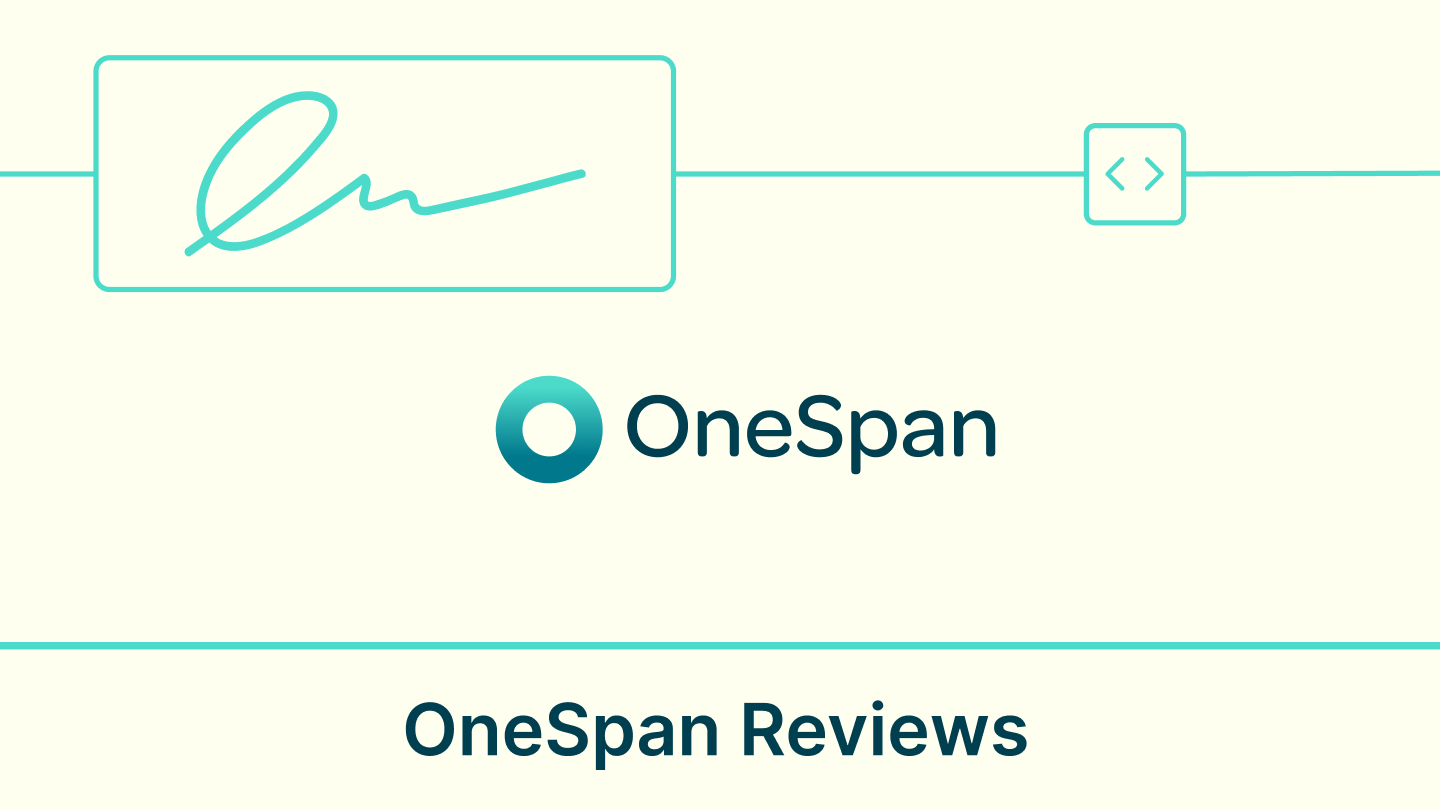In September, more than 200 participants gathered around Signeasy’s virtual table to listen in on a conversation about the human side of remote hiring. Our very own Shawn Lavana (CMO and Growth Officer) moderated the chat, paneled by Iwo Szapar (CEO of RemoteHow), Nathan Sheranian (Senior Director of HR at Freshworks), and Sravan Rajnayan (Head of HR at Signeasy).
Here’s a snapshot of the insights they shared. For the full webinar, you can have a listen right here.
Topic 1: There are tons of tools to support resume screening. How do you decide which is best for you?
Sheranian shouted out HackerRank, an online tool that helps companies find cream-of-the-crop developers, as one of his preferred screening platforms. “We really wanted to move the needle on diversity and change how we viewed our hiring approach,” he said. “We keep finding the same people from the same schools with the same background. [HackerRank provides] a very detailed competency-first approach that has allowed us to make assessments on fit, without having someone’s name on their resume.” That way, the team is able to see candidates’ skills shine through, and chip away at subconscious biases.
Szapar encouraged participants to take a look at companies that were hiring staff remotely before the global pandemic – the early adopters. “In their hiring reality, no one is using a CV, period. The resume is dead,” he said. “There is a huge focus on portfolios, work assessments, things candidates are doing outside of work.” Think graphic designer portfolios on Dribbble, or coder portfolios on Github.
As a more internal-facing strategy, Rajnayan suggested that hiring managers create a “talent mosaic”: a model that compiles current employees’ profiles, including years of experience, skill sets, and education. That way, they can obtain a more universal understanding of which profiles they might be missing, and fill talent gaps accordingly.
Topic 2: How do you test/interpret personality when hiring remotely?
“Question old clichés,” said Sheranian. “Earlier in my career, popular wisdom would have said, ‘If someone is late to an interview, they’re not a good fit. They don’t have it together, they're going to be a disaster.’ I think in today’s world, we need to be more conscious about making snap decisions and judgments.”
He gave a recent example of a candidate who interviewed with their video off, despite the company’s preference for a face-to-face conversation. One of the leaders on the hiring panel pointed this out as a potential red flag: what were they trying to hide? But Sheranian pointed out that people’s home situations might not be what you expect, or they may have distractions unfolding in the background. He also added that “it’s less about personality and more about how they can communicate. [..] There’s a real need for high acuity in written language.”
Szapar riffed off of this point, adding: “People need to know how to express themselves in a written manner. But this isn’t just about expressing oneself – it’s actually helping companies become more efficient. The more we write, the more we document, the more efficient the work becomes.”
Topic 3: How do you filter out the right candidates from the high volume of applications you receive?
Rajnayan harked back to a time when people used to drop their resumes off in-person, which gave businesses a quick snapshot of who they might be dealing with – but that reality no longer exists. To preserve the human touch, he makes a point to personally connect with candidates who make it past the initial screening process for what he calls a “virtual handshake.”
Sure, it takes time to speak with each individual applicant, but that time investment pays dividends. A simple video call allows him to pick up on valuable cues like body language, verbal cues, and eye contact – just like he would if they had submitted their CV in person.
“Take a look at the applicant and look for the ones who really want to work for your company,” added Szapar. He acknowledged that this doesn’t apply to the majority of applicants, but that’s okay: thinning out the herd in this way is an aggressive strategy that pays off long-term. “In a remote setup, it’s about self-starters and people that care – that’s what you really want.”
Sheranian warned participants against taking the “post and pray” approach. “A real key to our success has been a proactive talent acquisition approach,” he said. “The recruiters on my team are actively sourcing and pipelining people who fit the profiles we want to hire. It’s not enough, if you’re a growing startup, to just post and hope you get the right people.”
Topic 4: How practical is the idea of running trial projects with prospective new hires after interviews?
For certain roles, companies will give candidates a take-home challenge to test their skills during the interview process. Rajnayan was in favor of this approach, since it gives people the opportunity to come back with outside-the-box solutions that showcase their creativity. These individual talent showcases help him benchmark the candidate pool to determine the best fit – plus, the “take-home” aspect of these challenges eliminates a lot of the friction experienced by more introverted candidates (presentations, meeting lots of people at once, etc.).
“It really depends on the position, but if you can create a work trial that also involves working with other people, you are going beyond just skills – you’re also touching on communication,” added Szapar. “The more you invest in the beginning, the fewer problems you’ll have moving forward.” These might be your future coworkers, after all!
Topic 5: What attributes do you look for in candidates who will likely work remotely for more than a few quarters?
“Traditionally, I’ve looked at people with at least a 70% match to the job description,” said Sheranian. Aside from that, the most important consideration is a candidate’s willingness to jump right into their next challenge, followed by their ability to remain flexible. “The nature of organizations right now is that you need to cross-collaborate a lot. You might have to actually wake up early some days, or stay up late at night.”
That last bit is especially true if your organization is international, and spans multiple time zones. When your employees do stretch their schedules to accommodate your needs, Sheranian added, be sure to reward them with a little downtime to make up for it.
Topic 6: How can candidates experience a company’s culture during the remote hiring process?
Company culture is immersive, and can be exceptionally difficult to demonstrate through a computer screen. Rajnayan suggests integrating a “cultural round” into your remote hiring flow: have an employee with (approximately) 4 to 5 years of experience speak with each prospect so they can be candid and authentic about what it’s like to work at your company.
This suggestion also plays into one of Sheranian’s points: “Companies forget that interviewing is a two-way process,” he said. “You are assessing a candidate, but the candidate is also assessing you. I’ve heard over the years, ‘If they really wanted to work for us, they would do X, Y, or Z.’ This is a two-way relationship: if you bring just a little understanding and humility to the process, that goes a long way.”
Roll out the red carpet for your remote hires
When you finally find your star candidate, start off on the right foot with a seamless hiring experience. HR professionals love Signeasy for its simple, intuitive interface – your new hire won’t even need an account to fill out and sign their contract.











